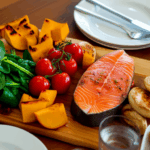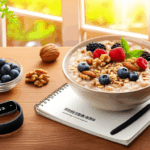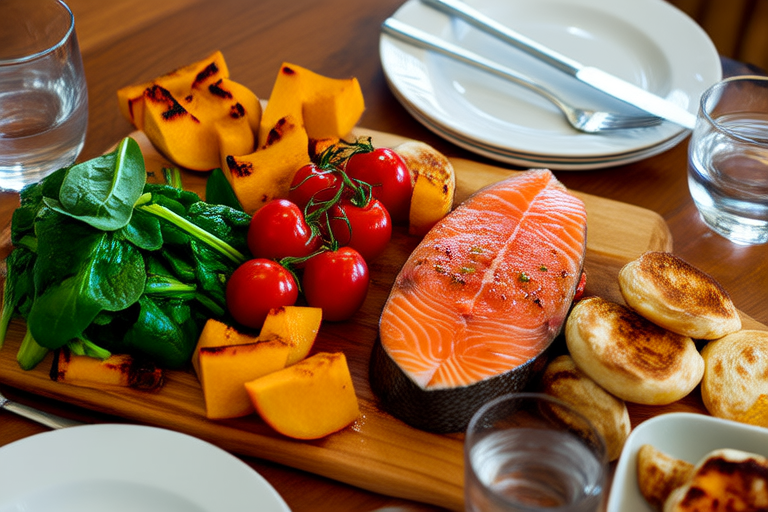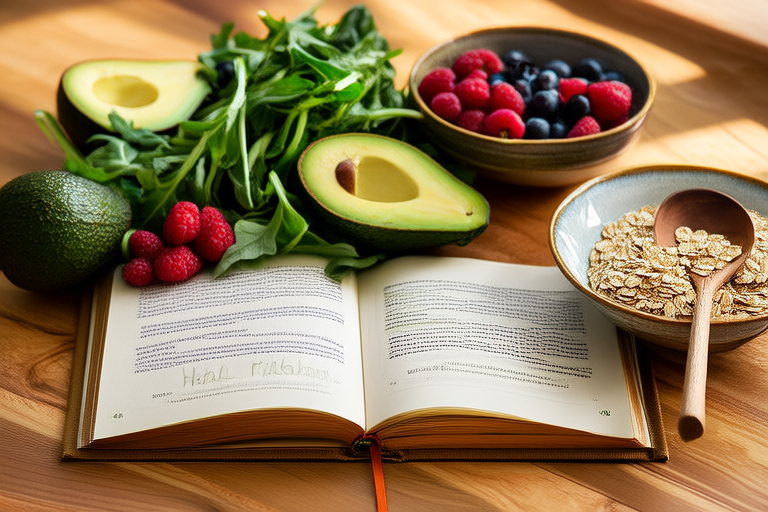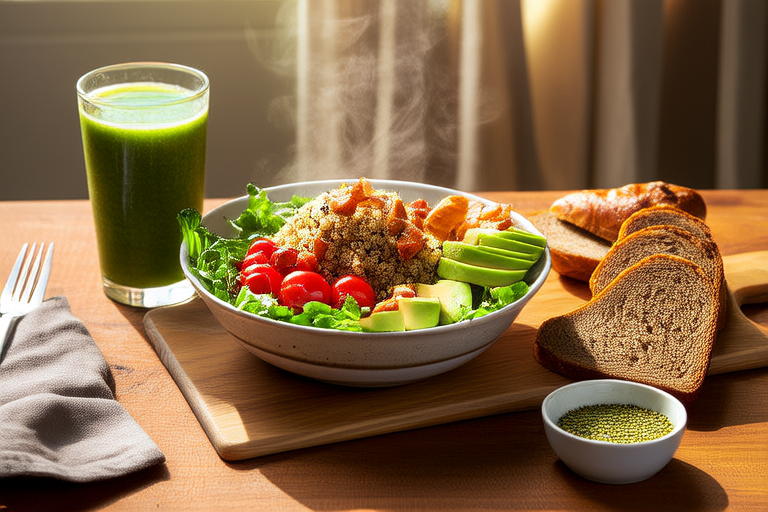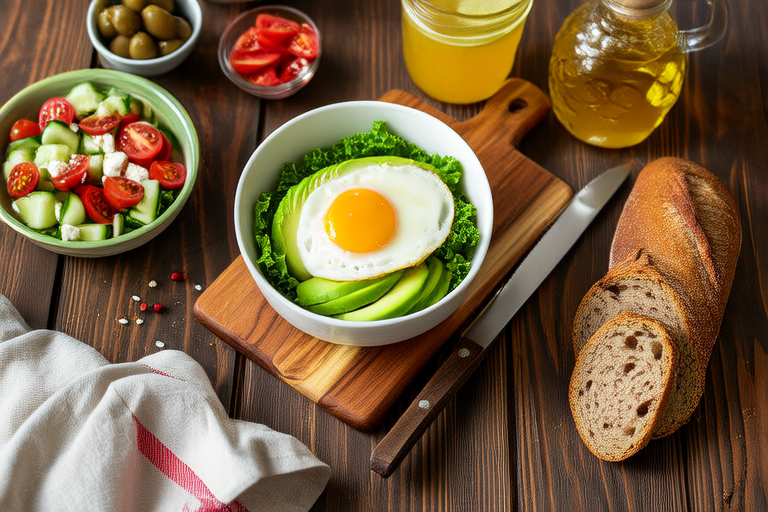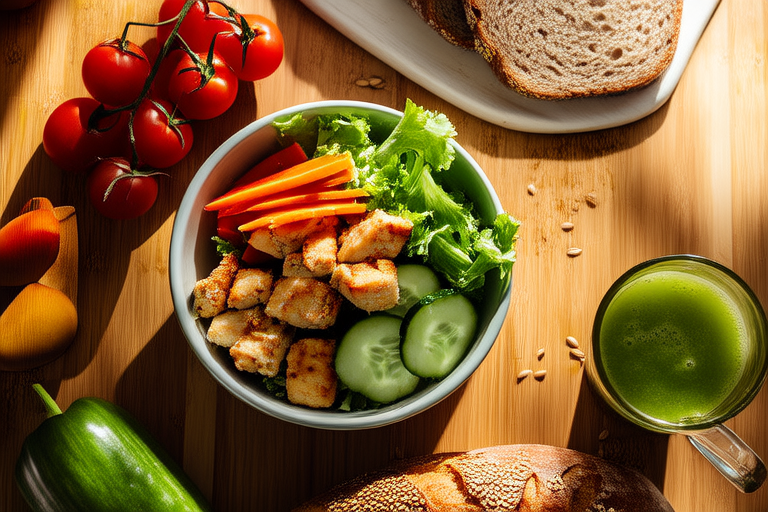The Importance of Healthy Eating and Its Impact on Overall Well-being
Healthy eating is an essential aspect of maintaining good physical and mental health. A balanced diet provides the necessary nutrients that fuel our bodies and support optimal functioning. By consuming a variety of fruits, vegetables, whole grains, lean proteins, and healthy fats, we can boost our immune system, improve energy levels, enhance cognitive function, and reduce the risk of chronic diseases. In this article, we will explore the significance of healthy eating, discuss common challenges people face when trying to eat healthily, and provide easy-to-prepare recipes for breakfast, lunch, dinner, and snacks.
Common Challenges People Face When Trying to Eat Healthily
Eating healthy can be challenging due to various factors such as time constraints, budget limitations, and lack of knowledge about nutrition. Many individuals find it difficult to prepare nutritious meals after a long day at work or school. Additionally, some may struggle to afford fresh produce or organic options, leading them to opt for less healthy, more convenient alternatives. Lastly, understanding proper portion sizes, food combinations, and cooking techniques can be overwhelming for beginners.
Structure of the Article
This article is structured into several sections, each focusing on different meal times throughout the day. Each section includes two to three recipe recommendations that emphasize simplicity, affordability, and flavor. These recipes are designed for beginners and those looking to improve their diet without sacrificing taste.
Breakfast Recipes
Starting your day with a nutritious breakfast sets the tone for the rest of your day. Here are some easy-to-prepare breakfast ideas:
- Overnight Oats: Combine rolled oats, milk (or a plant-based alternative), chia seeds, and your favorite toppings like berries, nuts, or honey. Let it sit overnight in the refrigerator, and enjoy a creamy, no-cook breakfast in the morning.
- Avocado Toast: Spread mashed avocado on toasted whole-grain bread, sprinkle with salt, pepper, and red pepper flakes, and top with sliced tomatoes. This simple yet satisfying dish provides healthy fats, fiber, and essential vitamins.
- Smoothie Bowl: Blend frozen fruit, spinach, and a liquid base (such as almond milk or coconut water) until smooth. Pour the mixture into a bowl and top with granola, fresh fruit, and a drizzle of honey. This colorful and refreshing breakfast option is packed with antioxidants and essential nutrients.
Lunch Recipes
Healthy lunch options don’t have to be complicated or time-consuming. Try these quick and tasty lunch ideas:
- Quinoa Salad: Cook quinoa according to package instructions and mix with diced cucumber, cherry tomatoes, feta cheese, olives, and a lemon-tahini dressing. Quinoa is a great source of protein and fiber, making it an excellent choice for a filling and nutritious lunch.
- Chicken Caesar Wrap: Fill a whole-grain tortilla with grilled chicken breast, romaine lettuce, shredded Parmesan cheese, and a light Caesar dressing. Roll up the wrap tightly and slice it in half. This protein-packed wrap is both delicious and easy to make.
- Chickpea Salad: Combine canned chickpeas (rinsed and drained), diced bell peppers, red onion, parsley, olive oil, lemon juice, and salt. Chickpeas are rich in plant-based protein and fiber, making this salad a satisfying and healthy option.
Dinner Recipes
Dinner doesn’t need to be elaborate to be nutritious. These dinner recipes offer a balance of flavors and nutrients:
- Baked Salmon: Season salmon fillets with dill, lemon zest, garlic powder, and a pinch of salt. Bake in the oven at 400°F for 12-15 minutes or until fully cooked. Serve with steamed broccoli and quinoa for a complete meal that’s high in omega-3 fatty acids and protein.
- Stir-Fried Tofu: Stir-fry cubed tofu with mixed vegetables (such as bell peppers, snap peas, and carrots) in a sauce made from soy sauce, sesame oil, rice vinegar, and garlic. This dish is versatile and can be customized based on personal preferences. It’s also a great way to incorporate plant-based protein into your diet.
- Beef and Broccoli: Sear thinly sliced beef in a hot pan with a bit of oil. Add broccoli florets and stir-fry until tender. Mix in a sauce made from soy sauce, oyster sauce, rice wine, and cornstarch. Serve over rice for a hearty and flavorful dinner.
Snack Recipes
Healthy snacks can help keep you energized between meals. These snack ideas are simple and satisfying:
- Hummus and Veggie Sticks: Spread hummus on whole-grain crackers or dip carrot sticks, celery sticks, and bell pepper strips into it. Hummus is made from chickpeas and tahini, providing a good source of protein and healthy fats.
- Fruit and Nut Bars: Mix together dates, almonds, cashews, and dried cranberries. Press the mixture into a baking dish lined with parchment paper, chill in the refrigerator for a few hours, then cut into bars. These homemade bars are portable and can be enjoyed as a quick snack on the go.
- Roasted Chickpeas: Toss chickpeas with olive oil, paprika, cumin, and salt. Roast in the oven at 400°F for 20-25 minutes or until crispy. Roasted chickpeas are a crunchy and flavorful snack that’s high in fiber and protein.
Conclusion
Incorporating these easy-to-prepare recipes into your daily meals can have numerous benefits for your overall well-being. Not only do they provide essential nutrients, but they also promote better digestion, weight management, and improved mood. By experimenting with different ingredients and flavors, you can create meals that cater to your taste preferences while still being nutritious. Remember, small changes in your diet can lead to significant improvements in your health over time. So, why not start today?

